Smart TV Buying Guide: Expert Tips for Making the Perfect Choice
With so many options to consider and so much to consider in choosing the best smart TV, it can be overwhelming. We simplify here and provide expert recommendations on major considerations from television type to resolution to dimensions and smart features. Whether you're a movie buff, a gamer, or looking to integrate your TV into a smart home ecosystem, we'll guide you through selecting the best entertainment solution within your performance and budget expectations.
Understand Today's Smart TV Landscape
In today's entertainment world of dizzying speeds, smart TVs have become the centerpiece of home viewing. With the rise in streaming services like Netflix and Disney+, the traditional TV experience has evolved into a connected ecosystem that provides a vast array of content at your beck and call. The smart platforms seamlessly integrate with apps, make on-demand content easily accessible, and feature interactive options like voice control. As opposed to their predecessors, modern smart TVs are made to be more than just display devices—they're comprehensive entertainment systems. This evolution speaks to the need to have the right smart TV to suit your needs, with endless possibilities for entertainment and integration into your smart home.
OLED vs. QLED vs. LED
OLED (Organic Light Emitting Diodes) provides better picture quality with profound blacks and rich contrast due to its capacity for switching off single pixels. Therefore, it suits dark rooms as well as movie-like viewing.
QLED (Quantum Dot Light Emitting Diode), employed by such brands as Samsung, provides a boost in brightness and color purity, doing its job better when the environment is well-lit. It is an excellent choice if bright displays and rich colors are your first concern.
LED TVs, generally cheaper, produce decent image quality but lack the contrast and vibrancy of OLED and QLED TVs. Consider your viewing habits and room lighting when deciding on a display type. For example, an OLED can be ideal for movie enthusiasts, whereas a QLED can be suitable for lighted living areas.

Which TV Resolution Should You Choose?
In selecting the TV resolution, consider screen size, viewing distance, and content type. Full HD (1080p) may suffice for smaller screens and closer viewing distances and still offer clear picture quality for general use. 4K resolution offers four times as many pixels as 1080p, providing four times as sharp an image, which is visibly clearer on larger screens or closer viewing distances. It is ideal for streaming services and gaming consoles that have 4K content capability.
8K TVs provide ultra-high resolution but are worth waiting for in case you want very large screens and future-proofing since there's limited content available currently. Choose a 4K TV if you require an equilibrium between good images and price since it is a good balance between current content and future compatibility without the 8K sets' high price.
How to Choose the Right TV Size
Selecting the right TV size involves considering your room size, viewing distance, and purpose. A simple rule to compute optimal screen size is to take the viewing distance (measured in inches) and divide by 1.5 for a 4K television or by 2.5 for a Full HD television. If you are 9 feet (108 inches) away, then a 55 to 65-inch 4K TV would be ideal.
Consider room layout in planning placement—have the TV at eye level when sitting and not dominating the room. Smaller screens between 32 and 43 inches may suffice in bedrooms, but 55 to 75 inches may be more appropriate for living rooms, depending on the room. This allows for an immersive experience without going overboard with the aesthetics of the room. Achieving size and room dynamics in good balance optimizes both comfort and visual enjoyment.

Which Smart TV Platform Suits You Best?
Choosing a smart TV involves knowing the operating systems available, as they decide your overall experience. Google TV has good app availability and integration with Google services, including robust voice control with Google Assistant. Roku has a simple-to-use interface and a broad app ecosystem, ideal for those who desire simplicity and far-reaching content options. LG webOS is the most popular for ease of use and quick app launching with high-end voice commands. Samsung's Tizen platform provides a minimalistic UI with good app support and bridges nicely into Samsung's ecosystem.
Every site affects the daily interaction—consider how often it's updated and how intuitive the interface is. Ease of use of a platform will dictate how quickly you access content and utilize features like voice commands, so choose one that you're comfortable with in terms of tech and media-consumption habits to get the best out of.
What TV Features Enhance Your Gaming Experience?
When choosing a TV for gaming, pay particular attention to features that improve performance with PCs and next-generation consoles. Fast-paced games depend on better action, which is ensured by a high refresh rate—ideally 120Hz. Input latency, the time between pushing a button and seeing the action onscreen, should be negligible; for snappy gaming, search for TVs with input lag under 20 ms.
Supporting sophisticated gaming technologies like 4K at 120Hz and guaranteeing compatibility with the newest consoles depend on HDMI 2.1 ports. By timing the TV's refresh rate with the game's frame rate, Variable Refresh Rate (VRR) helps eradicate screen tearing. To further maximize settings for low latency, Auto Low Latency Mode (ALLM) automatically turns the TV to gaming mode if a console is detected.
When Should You Enhance Your TV's Audio?
Built-in speakers on TVs don't necessarily have the depth and definition necessary for an immersive listening experience and struggle to handle bass and maintain detail at high volumes. If you prize good sound or spend a lot of time watching movies and playing video games, it's worth spending money on something above these limitations.
Soundbars are an easy upgrade with more clarity and volume without the hassle of a full home theater system. For a cinematic experience, search for soundbars that allow support for higher-end audio codes like Dolby Atmos and DTS:X. These technologies provide three-dimensional audio with clearer dialogue and more energetic action scenes through the modeling of surround effects.
How Do Connections Affect Your TV Experience?
Selecting a smart TV with appropriate connection choices guarantees the simple integration of all your devices. Since HDMI ports link everything from game consoles to streaming devices, look for many HDMI 2.1 ports for future-proofing and fast connectivity. USB ports permit external storage or peripheral device connections—like keyboards or flash drives.
An optical port gives home theaters or soundbars a premium digital connection for audio systems. Regarding wireless connection, be sure your TV supports Bluetooth for wireless headphones or speakers, as well as Wi-Fi for internet access and app capability.
How to Enhance Your Connected Home with Smart TVs
The majority of TVs also work with voice assistants like Google Assistant, Amazon Alexa, and Apple Siri through HomeKit, allowing you to control not only the TV but also other devices connected to it through simple voice commands.
This integration provides the smooth working of lights, thermostats, and security systems straight from your TV or remote. Compatibility with ecosystems like Google Home, Amazon Alexa, and Apple HomeKit guarantees that your TV will be able to communicate effectively within your preferred smart ecosystem.
How to Choose the Right Smart TV for Your Needs
Start by assessing your needs: if you're a film enthusiast, prioritize display quality and sound; gamers must search for refresh rates and connectivity. Consider investing in essential features like 4K resolution, advanced smart platforms, and wide connectivity while saving money on less vital add-ons.
Buying during promotional periods like Black Friday or holiday sales can yield significant savings. Also, look into warranty options to ensure long-term coverage, especially for higher-end models.
Use this simple checklist to match TVs with user profiles:
- Essential: Good resolution, adequate size, basic smart platform
- Cinephile: OLED/QLED screen, Dolby Atmos support
- Gamer: HDMI 2.1, VRR, low input lag
- Smart Home User: Integration with preferred voice assistant
By prioritizing these aspects, you ensure excellent value without overextending your budget.

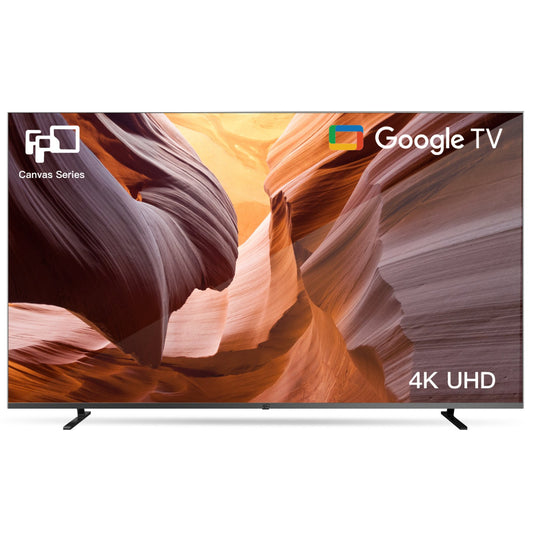
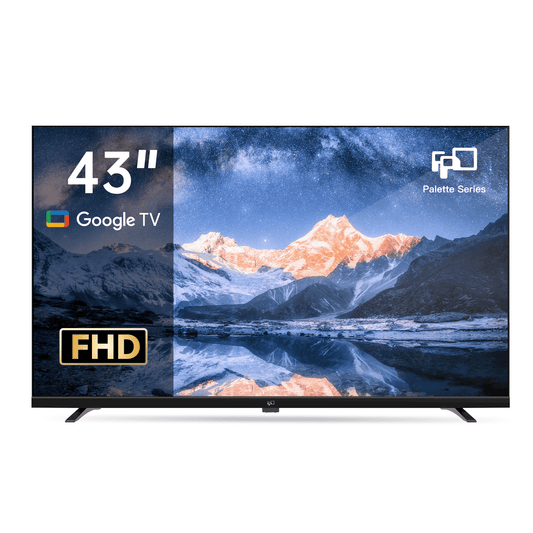
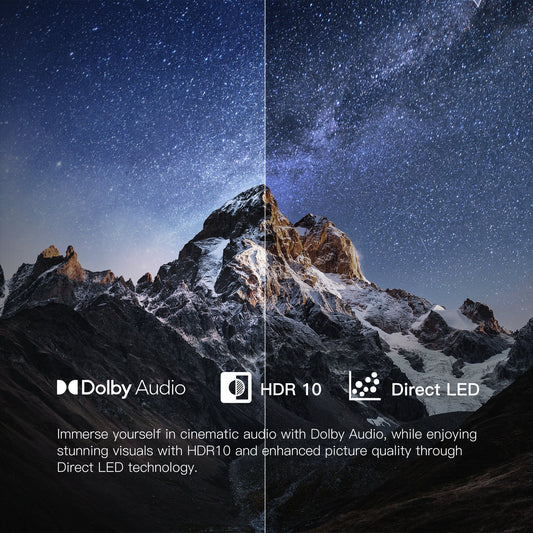
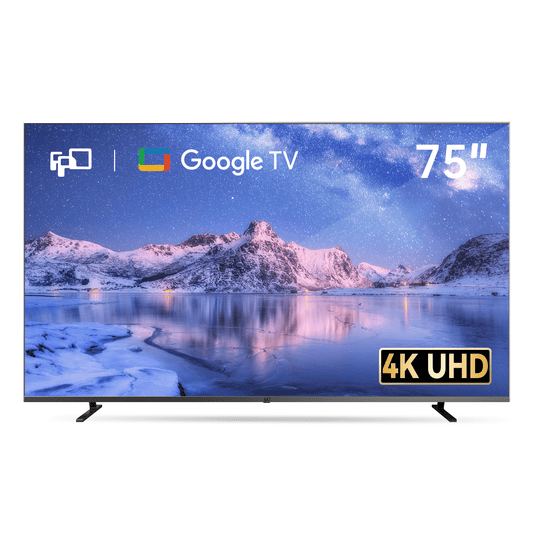
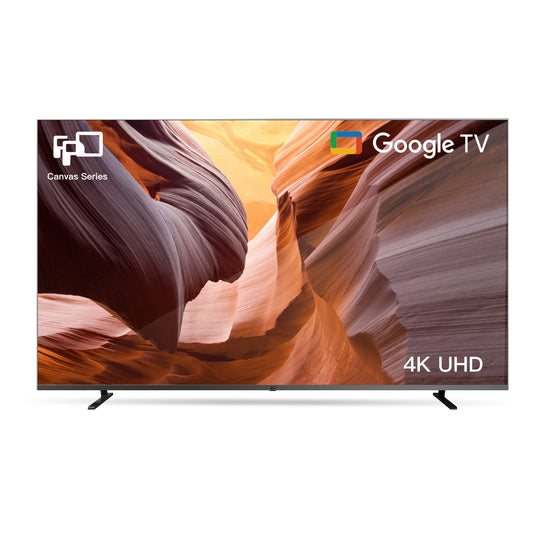
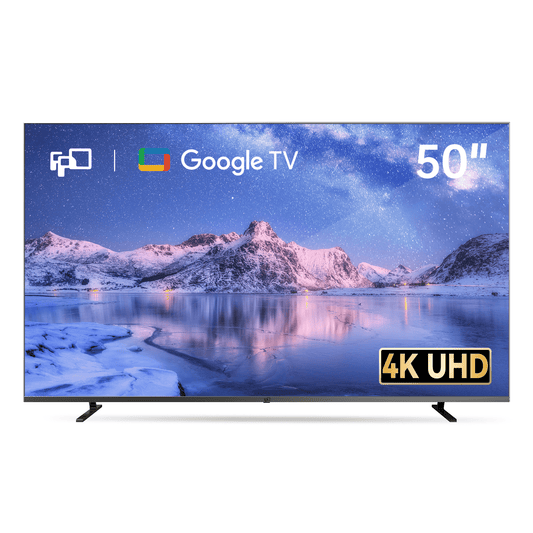
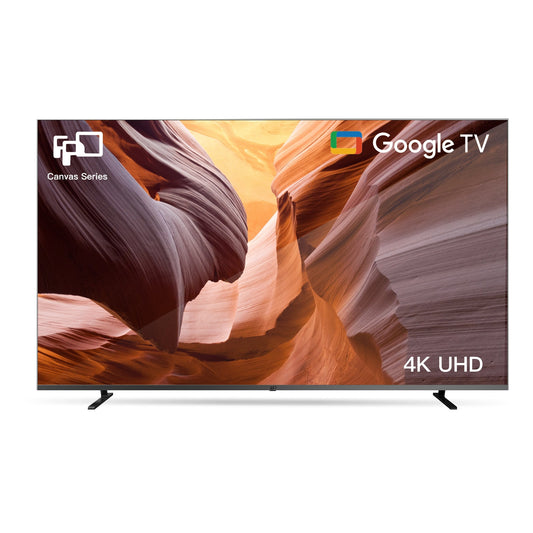

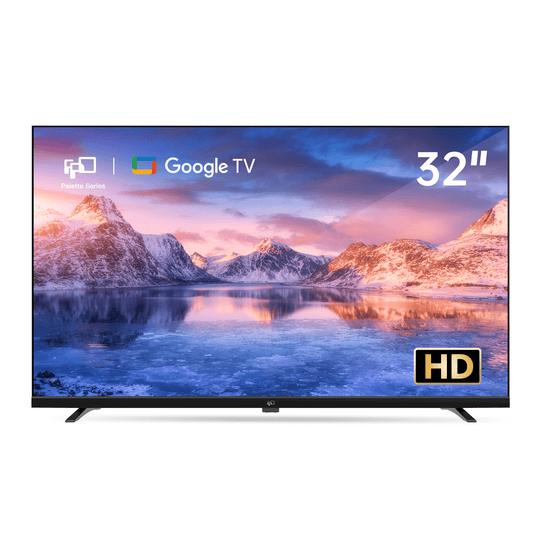
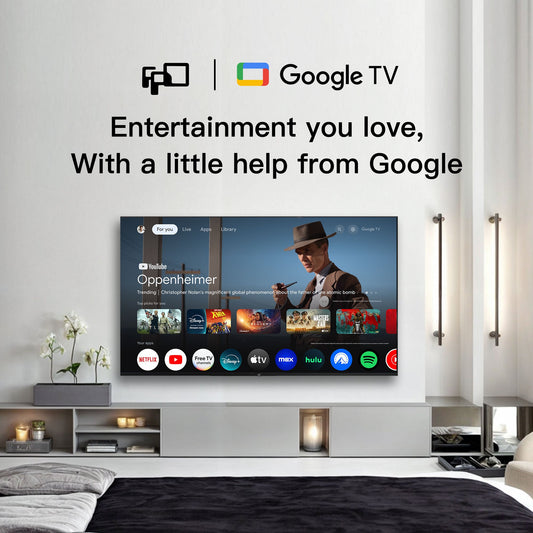
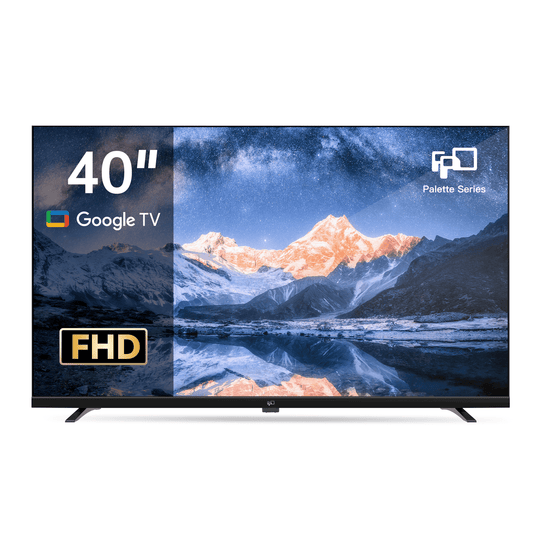

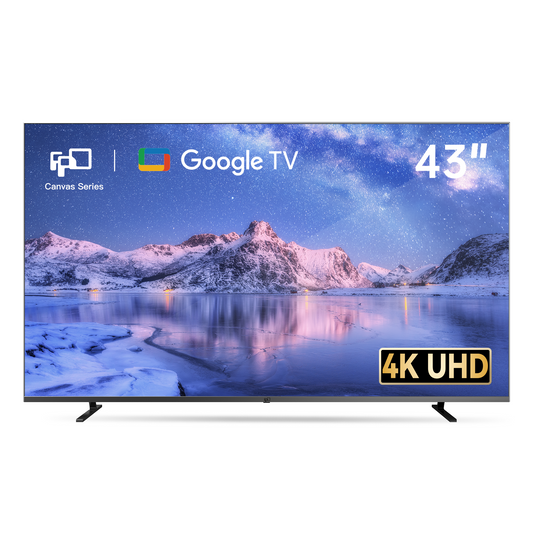
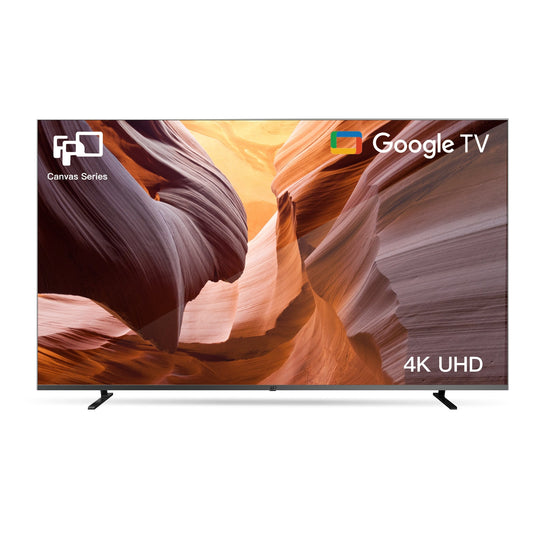
Leave a comment
Please note, comments need to be approved before they are published.